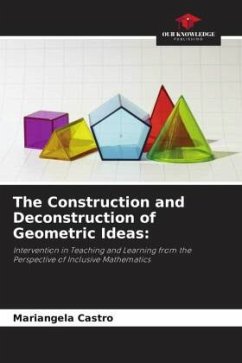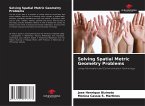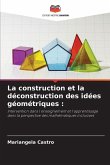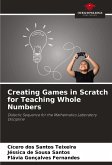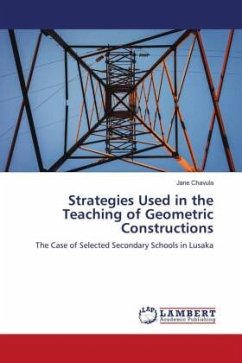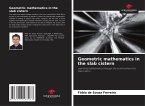This research aims to present a proposal for teaching spatial geometry in order to assist teachers in their practices and encourage reflection on the importance of representing and visualizing solids when calculating their area and volume. The research was applied to 10th grade students, who encountered many obstacles during the school year in developing activities and assessments related to spatial geometry. To develop this work, we used a didactic sequence consisting of mathematical tasks, in ascending order of difficulty, over seven meetings. Playful materials-modeling clay, cardboard, straws, among others-were used to promote mathematical skills involving the concepts and properties of geometric solids. Initially, the students built geometric solids out of modeling clay, based on photographs they had taken in perspective, and then built a rectangular parallelepiped with rods and straws. In the following sessions, they covered the faces of this parallelepiped with cardboard, planned, and made a mold of the solid.
Bitte wählen Sie Ihr Anliegen aus.
Rechnungen
Retourenschein anfordern
Bestellstatus
Storno

